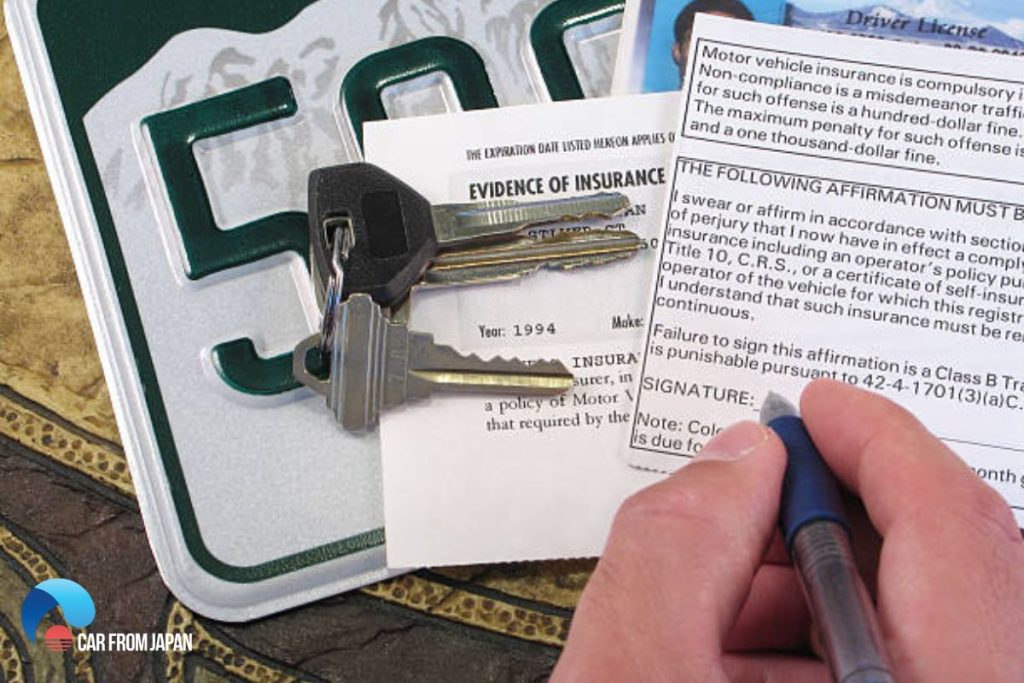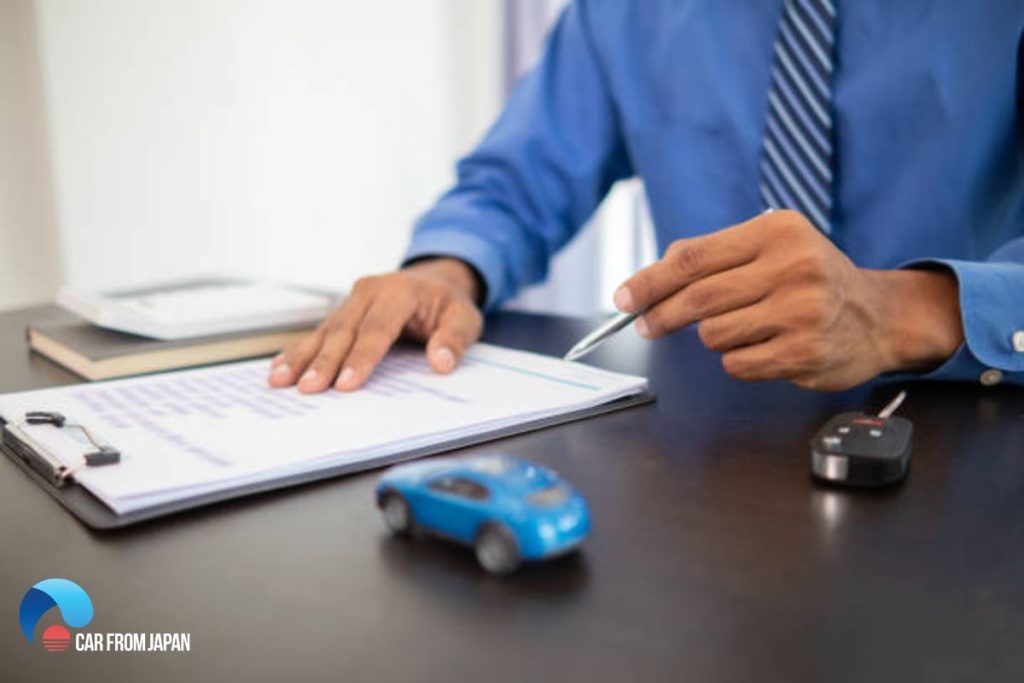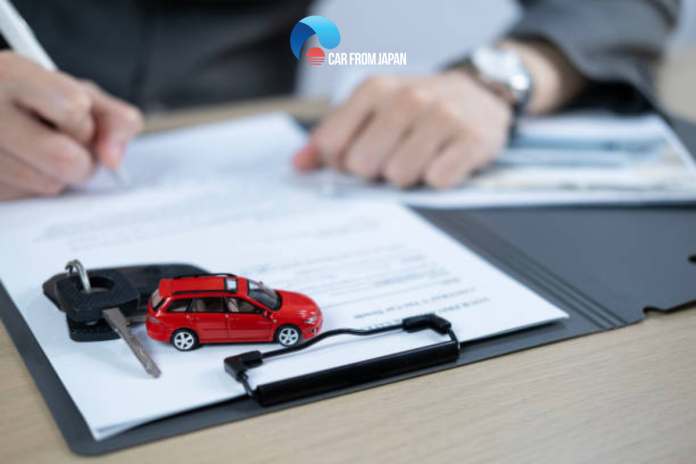Bringing a car over from Japan is a dream many of us share.
Whether it’s chasing down a rare model, finding better value, or simply enjoying the reputation Japanese vehicles have for reliability.
The excitement peaks when the car finally lands, but then comes the paperwork. Registration often feels like the hardest part of the journey.
From our own experience, the process makes more sense when broken down into clear steps, and that’s exactly what we’ll walk you through, so you can get your new ride on the road without unnecessary stress.
Contents
Why Import a Car from Japan to Australia?
Aussie drivers have long had a soft spot for cars from Japan, and it’s easy to see why.
- Variety on offer: Imports open the door to models we’d never find at a local dealership, including sought-after collectables.
- Better value: High-spec features often come at a fraction of the cost compared to buying new in Australia.
- Well-kept vehicles: Many arrive with surprisingly low kilometres and detailed service histories.
- Tech advantage: Affordable hybrids and EVs from Japan often deliver newer technology without blowing the budget.
For anyone still on the fence, it helps to understand how Japanese domestic market (JDM) cars differ from non-JDM models.
Knowing the trade-offs can make the choice clearer before starting the import process.

The Basics of Importing a Japanese Car
The import journey makes more sense when you see it laid out step by step.
- Pick the car: Begin with a trusted export platform and take your time; rushing this stage can cause problems later.
- Check if it qualifies: Age limits, compliance rules, and vehicle type all decide whether the car can legally be brought in.
- Shipping and compliance checks: After landing at the port, the vehicle must clear inspections and sometimes undergo modifications before it’s considered roadworthy.
- Clearing customs: Duties, GST, and inspections all need to be finalised before the car can move forward.
- Registration and insurance: The final hurdle is registration, which also means organising Compulsory Third Party (CTP) cover with a provider like NRMA Insurance so the car can be driven legally.
While each state handles the paperwork a little differently, the overall journey stays the same no matter where you live.
Step-by-Step: Registering Your Japanese Import in Australia
1. Check State Regulations
Registration isn’t handled the same way across the country. Every state and territory sets its own requirements, so it’s worth checking your local transport authority’s website or the federal import guidelines before you do anything else.
Tip from experience: Have your paperwork sorted before the car even arrives. Knowing exactly which forms and documents your State asks for saves time and spares you from last-minute surprises.
2. Vehicle Compliance: Making Your Car Road-Ready
Fresh off the boat, most imports still need work before they’re allowed on Australian roads.
Meeting the Australian Design Rules (ADRs) is a must, covering everything from safety features to emissions standards.
- Older classics: Vehicles over 25 years old often have an easier path through the Specialist and Enthusiasts Vehicle Scheme, making compliance less complicated.
- Workshop inspection: Most newer imports go through a Registered Automotive Workshop Scheme (RAWS) facility. That’s where any required changes get done (often things like seatbelts, lighting, or emissions adjustments).
- Certificate of compliance: Once the workshop signs off, you’ll receive paperwork proving the car meets Australian standards and can be registered.
3. Collecting the Right Documents
Before heading to the registration office, put all your paperwork together so nothing gets missed.
The usual list includes:
- Australian compliance certificate
- Import approval paperwork
- Bill of lading from the exporter in Japan
- English translation of the Japanese de-registration certificate
- Roadworthy certificate from a licensed local tester
- Customs clearance documents plus proof of GST or luxury car tax payment (if required)
- Proof of identity and address
Tip: Line up your paperwork with your state’s official checklist before you leave home. Forgetting even one document often means a wasted trip to the registration office.

4. Roadworthy Inspection and Insurance
A roadworthy inspection is the next hurdle. Local testers check everything that matters for safety, brakes, tyres, lights, steering, and more. Passing this step proves the car’s fit to share the road.
Insurance comes right after. Most states require compulsory third-party (CTP) cover before registration can be finalised.
Sorting this out early means you, your passengers, and other drivers are protected the moment your plates go on.
5. Completing Registration and Hitting the Road
After every box has been checked, the final stop is your local registration office.
You can expect to:
- Pay the registration fees, which change from state to state
- Collect your plates and official paperwork
- Drive away knowing your import is fully legal on Australian roads
That last step is the best part, turning all the admin into a set of keys and a car ready to enjoy!
Enjoy the Drive Ahead with Cars From Japan
Bringing a Japanese car into Australia can deliver real value, whether you’re chasing performance, style, or something different from what’s sold locally.
The process feels a lot smoother when you’ve prepared for each step, from compliance paperwork through to insurance and final registration.
For anyone starting, platforms like Car From Japan make the search easier by listing vehicles with verified export histories.
Having that reassurance helps you focus on finding the right car while cutting down the stress that often comes with the import process.
FAQs: Common Questions About Registering Japanese Imports
Are Kei cars easy to register in Australia?
Kei cars are popular for their compact size and efficiency. Those over 25 years old usually slip through with fewer hurdles, while newer models often face tougher compliance checks.
What about modified JDM vehicles?
Performance imports sometimes arrive with aftermarket mods. Heavy modifications can complicate registration, since the car must still satisfy ADRs and, in some cases, local engineering sign-offs.
How can I avoid delays?
– Pay customs duties and GST as early as possible; registration can’t move forward until that’s sorted.
– Make sure your exporter sends complete documentation with certified English translations
– Book inspections ahead of time, as workshops often fill their schedules quickly.



